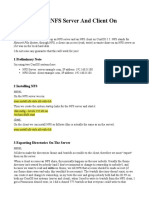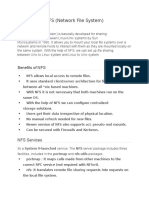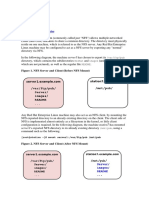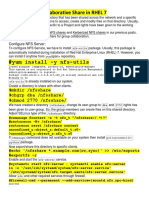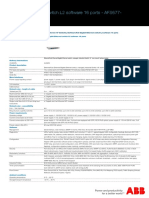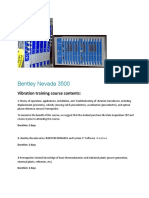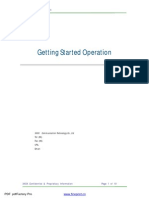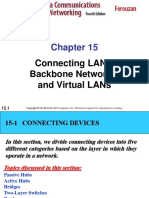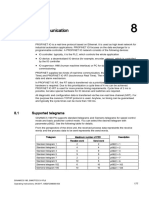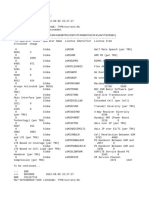0% found this document useful (0 votes)
13 views10 pagesHow To Create An Linux NFS Server
This document provides a detailed guide on setting up an NFS server, including server-side configuration such as mounting block storage, configuring a static IP, and setting up the NFS service. It also covers client-side installation and mounting procedures, along with debugging commands and firewall configurations. Additionally, it includes instructions for deploying NFS in a Docker container and Kubernetes environment.
Uploaded by
adrian_web_mailCopyright
© © All Rights Reserved
We take content rights seriously. If you suspect this is your content, claim it here.
Available Formats
Download as PDF, TXT or read online on Scribd
0% found this document useful (0 votes)
13 views10 pagesHow To Create An Linux NFS Server
This document provides a detailed guide on setting up an NFS server, including server-side configuration such as mounting block storage, configuring a static IP, and setting up the NFS service. It also covers client-side installation and mounting procedures, along with debugging commands and firewall configurations. Additionally, it includes instructions for deploying NFS in a Docker container and Kubernetes environment.
Uploaded by
adrian_web_mailCopyright
© © All Rights Reserved
We take content rights seriously. If you suspect this is your content, claim it here.
Available Formats
Download as PDF, TXT or read online on Scribd
/ 10

















